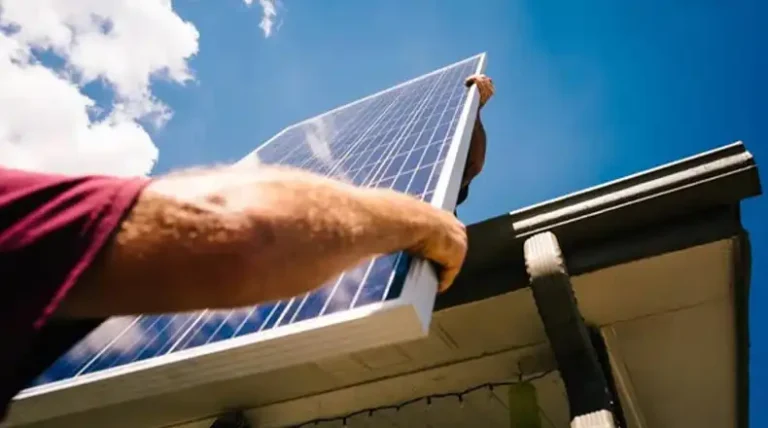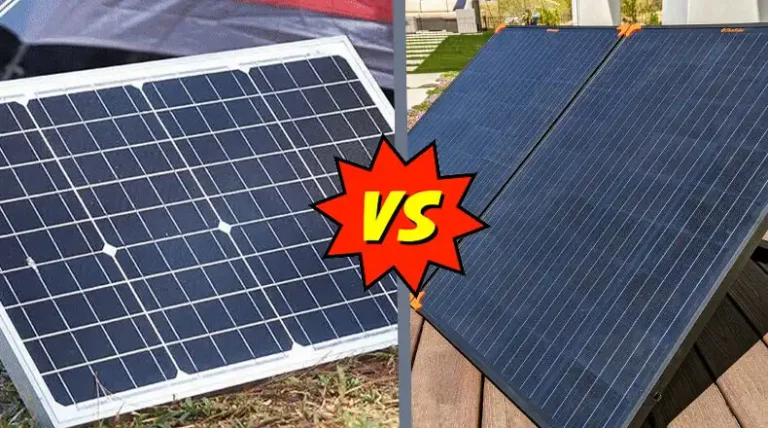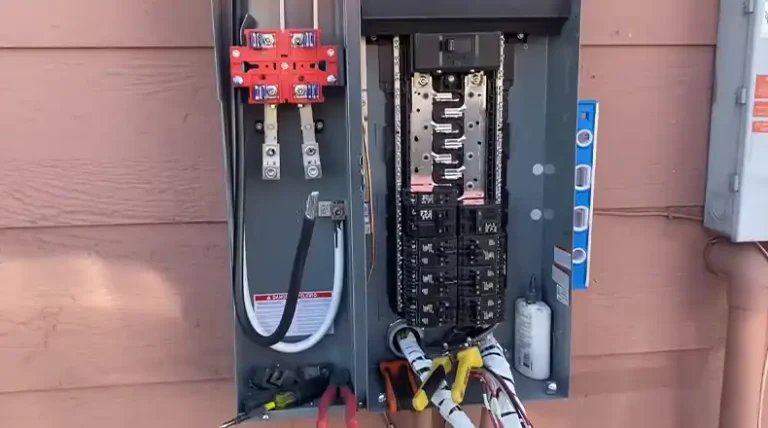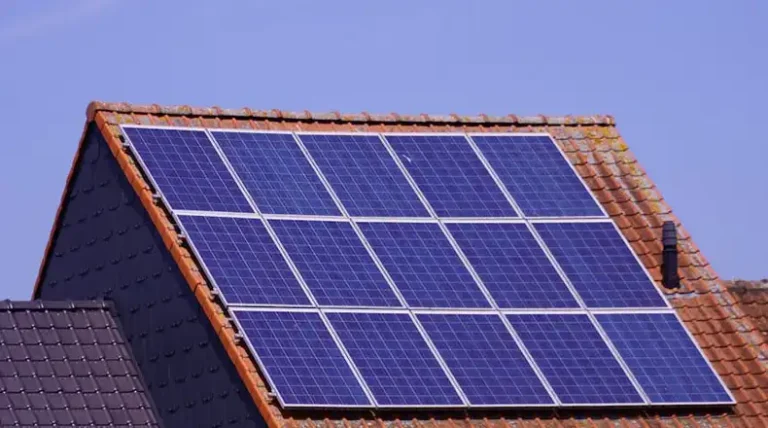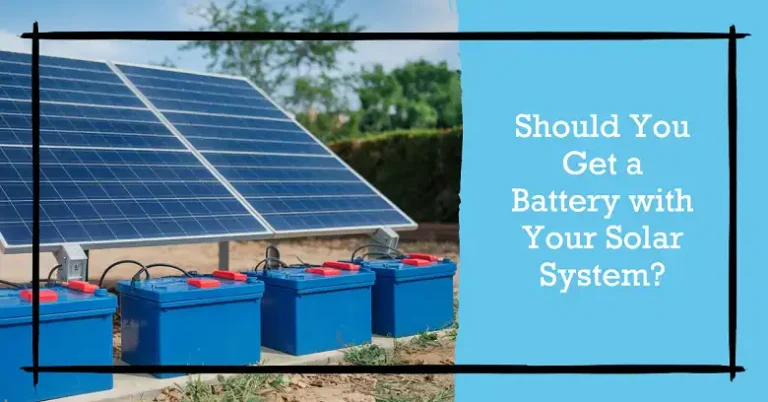ETFE vs Monocrystalline | A Comprehensive Guide to Solar Panel Technologies
The world of solar energy is changing fast, and choosing the right solar panel is more important than ever. Two key players are shaking things up: ETFE, a new plastic material, and monocrystalline silicon, the current industry standard. Both have their strengths, but which one is right for your solar needs?
Let’s break down the differences between ETFE and monocrystalline panels, looking at how they work, what they cost, and where they shine. By the end, you’ll have a clear picture of which technology might be the best fit for your home or business.
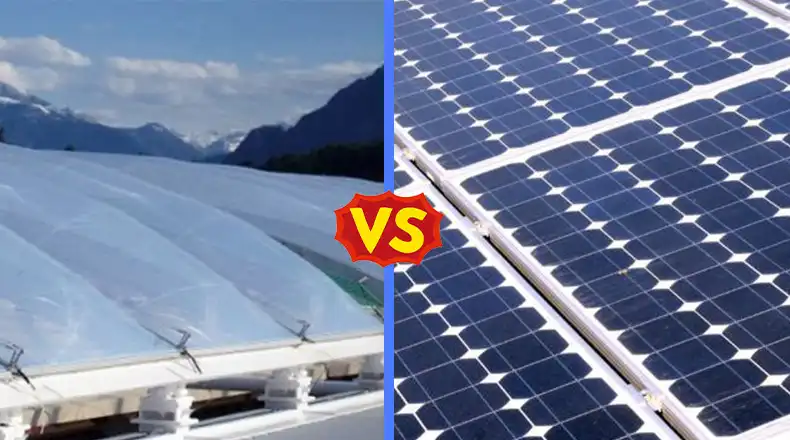
How Solar Cell Technology Works
Before we get into the specifics of ETFE and monocrystalline panels, it’s crucial to understand the basics of solar cell technology. Solar cells are the workhorses of photovoltaic systems, converting photons from sunlight into electrical energy through the photovoltaic effect. While various types of solar cells exist, including polycrystalline and thin-film technologies, monocrystalline silicon cells have long been the industry standard due to their high efficiency and reliability.
Monocrystalline solar cells are made from a single, pure crystal structure of silicon. This uniform crystal structure allows for better electron flow and higher efficiency in converting sunlight to electricity. Typically, monocrystalline panels can achieve efficiency rates of 15-22% in real-world conditions, making them a top choice for both residential and commercial installations.
What are Monocrystalline Solar Panels
Monocrystalline panels have been around for a while and for good reason. They’re made from a single crystal of silicon, which helps them convert sunlight to electricity more efficiently.
Pros of Monocrystalline Panels:
- High efficiency: They typically convert 15-22% of sunlight into electricity.
- Proven track record: They’ve been used for decades and are very reliable.
- Long lifespan: Most come with 25-30 year warranties.
Cons of Monocrystalline Panels:
- Higher cost: All that efficiency comes at a price.
- Rigid design: They can’t be bent or shaped to fit unique spaces.
What are ETFE Solar Panels
ETFE (Ethylene Tetrafluoroethylene) is a type of plastic that’s starting to replace glass as the cover for solar panels. It’s lightweight, flexible, and lets through more light than traditional glass.
Pros of ETFE Panels:
- Lightweight: They’re about 1% the weight of glass panels.
- Flexible: Can be curved or shaped to fit different spaces.
- Self-cleaning: Dirt and dust wash off easily in the rain.
Cons of ETFE Panels:
- Newer technology: Less of a track record compared to traditional panels.
- Potentially higher upfront cost: The technology is still relatively new.
Head-to-Head Comparison
Let’s look at how these two types of panels stack up in different areas:
- Efficiency: Monocrystalline panels typically win here, but ETFE’s high light transmission helps narrow the gap.
- Durability: Both are tough, but in different ways. Monocrystalline panels resist impacts better, while ETFE handles UV rays and chemicals like a champ.
- Weight: ETFE panels are the clear winner, making them great for roofs that can’t handle much extra weight.
- Cost: Monocrystalline panels are usually cheaper upfront, but ETFE panels might save money in the long run due to easier installation and maintenance.
- Lifespan: Monocrystalline panels have a proven long life. ETFE is still new to solar, but it’s been used in buildings for years without issues.
Here’s a quick comparison table to sum it up:
| Feature | ETFE Panels | Monocrystalline Panels |
| Efficiency | Good (high light transmission) | Excellent (15-22%) |
| Weight | Very light | Heavier |
| Flexibility | Can be curved | Rigid |
| Cost | Higher upfront, may save later | Standard pricing |
| Maintenance | Self-cleaning | Regular cleaning needed |
Choosing the Right Panel for You
Your choice between ETFE and monocrystalline panels depends on your specific situation:
- If you have a sturdy roof and want maximum power from a small area, go with monocrystalline.
- If your roof can’t handle much weight or you want a unique design, ETFE might be your best bet.
- For areas with lots of dust or dirt, ETFE’s self-cleaning feature could be a game-changer.
Real-World Examples
To give you an idea of how these panels work in practice:
- The Eden Project in Cornwall, UK uses ETFE (not for solar, but it shows how durable the material is).
- The Nellis Solar Power Plant in Nevada uses monocrystalline panels to power an entire Air Force base.
- The Stillwell Avenue subway station in New York City has a curved ETFE roof with built-in solar cells, showing how flexible ETFE can be.
Wrapping It Up
Whether you go for ETFE or monocrystalline panels, you’re making a smart choice for the environment. Monocrystalline panels are great for high efficiency and have a proven track record. ETFE panels open up new possibilities with their lightweight and flexible design.
Remember, the best solar panel is the one that fits your needs and keeps working for years to come. By understanding the differences between ETFE and monocrystalline panels, you’re well on your way to making an informed decision that’ll keep your home powered with clean energy for decades.

